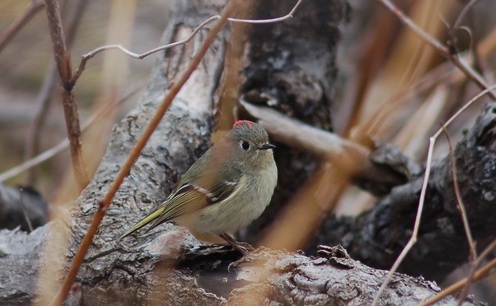 Ruby-crowned Kinglets (Regulus calendula) are found here in the fall, winter and early spring, but they don't linger here through the summer and do not breed at Leaning Oaks. Our records span the period from the second week of September through to the second week of May. Occasionally we hear snippets of song, particularly in the spring, but the most common vocalization we hear is a low husky note. Once in a while they make a long series of these, often when they are agitated and that is a good time to investigate and look for a Northern Pygmy-Owl or some other predator. The interactions between Ruby-crowns and Anna's Hummingbird here provide some winter time drama, since, for reasons unknown to us, Anna's Hummingbirds seem to have a dislike of Ruby-crowned Kinglets and spend time harassing and dive-bombing them.
0 Comments
While we have not found any statistics, we are fairly sure that this is among the most dangerous organisms on the property, and indeed the entire west coast. These slippery films of algae, found mostly in the wet winter months are found on soil, rock, concrete, tree trunks, decks, docks and boardwalks. The algae species form bright green (when hydrated) films of single-celled algae. The coatings they create can be very slippery indeed, and our guess is they cause more bruised tail-bones, broken bones and falls than any other organisms on the coast.
At one time they were all classified as Protococcus, then Pleurococcus, but now its known that a whole suite of algal species are involved, including algae in the genera Pluerococcus, Apatococcus, and Desmococcus. One of the best studied of these is Apatococcus lobatus, a common biofilm algae on tree trunks. Interestingly, it is repels water, and hydrates itself only using water vapour. Some of these algae are known as aeroalgae, living their lives as aerial plankton. By some reckonings, these are the most numerous organisms on the planet. 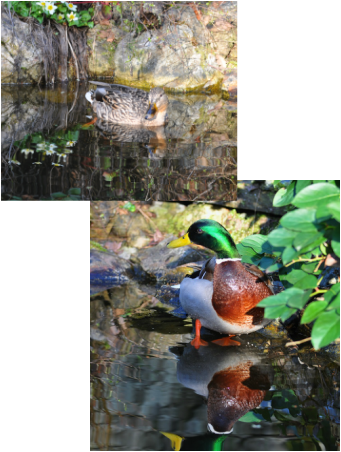 The first time that a Mallard stopped at the pond that we built we were so excited. Until then there had been fly overs -but no reason for them to stop. It didn't take them long to habituate to us and dogs and activity all around. The rain of seed from the bird feeders may have helped. There have been some major scuffles as various males or females have vied for pond rights and mating rights. There were at least three years where we found duck eggs that had been eaten by the ravens. The smashed eggs were always in the same spot on the meadow. Two years ago, however, I was away at a regatta when I received a short video clip of a parade of wee yellow fluff balls swimming in the water! They didn't stay long, but it was wonderful to know that they had found a secure place away from the marauding ravens. 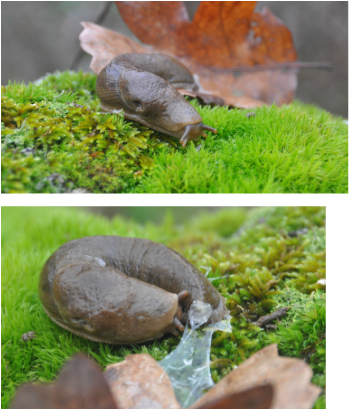 What is not to love about a slug that can grow up to 25 cm in length, is hermaphroditic, can be any colour from the darkest of solid chocolate brown to yellow with black spots, greenish with brown spots to nearly albino and produces the most extraordinary slime or mucous in prodigious quantities? This mucous is used for locomotion, aiding in keeping the skin from drying out and as a form of communication between slugs. More on the slime here (very cool stuff!): http://www.thealizone.com/web1/static.php?page=snail_slime_101 Ariolimax columbianus plays a very important role in the decomposition of leaf litter. And sometime lettuce seedlings. Oh and if you lick it, you tongue will go numb. Yahoo-there are some flowers out in the meadow! Even if they are the European exotic weed Cerastium pumilum, it still is nice to see. It is a late winter/early spring annual, with tiny flowers that will bloom for about a month. Although it is sprinkled along the trails and meadow at Leaning Oaks, it likely doesn't impact any of the native vegetation.
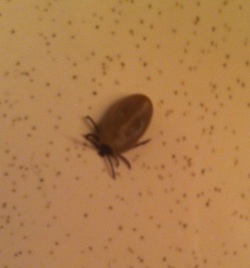 Although there are at least 11 species of tick that have been found on Vancouver Island, Ixodes pacificus is the most common species here at Leaning Oaks. It actually has a restricted range in BC, found along southeastern Vancouver Island, the Gulf Islands and on the mainland from the border to the Sunshine Coast. Females are larger and reddish and males are smaller and black. We almost never see ticks except when we find them on one of the dogs, or, more rarely, ourselves. Since they are now known to carry Lyme's Disease we try to make sure we get them off as quickly as we can. The photo is of a tick after it has feed on the dog. For an interesting presentation on ticks and Lyme's Disease on Vancouver Island see : http://www.bccdc.ca/NR/rdonlyres/466E08DE-2722-48FC-913B-1825692A6FBA/0/CompressedBCZoonosesLymePresentationStefan.pdf For information on removing ticks and symptoms to be aware of after a tick bit see: http://www.agf.gov.bc.ca/cropprot/ticksbc.htm#blackleggedtick 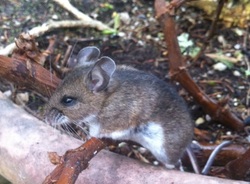 To date, we have only had a single species of mouse at Leaning Oaks. Fortunately we have not had the introduced House Mouse here, only the native Deer Mouse (Peromyscus maniculatus). From time to time we have them enter the house and we need to break out the traps when they do. Their ability to increase in numbers quickly makes rapid response essential. They breed at a very young age (at less than two month old) and have three or four litters in a year of 1 to 9 young. In captivity they have been recorded having as many as 14 litters in a year and the females coming into breeding condition in as little as 23 days. In the house they seem to eat almost anything, we've seen them eat such unappetizing items as hand soap and leather. They are a rather attractive rodent, with large eyes and ears, soft fur and white bellies and feet and a bicolour tail. 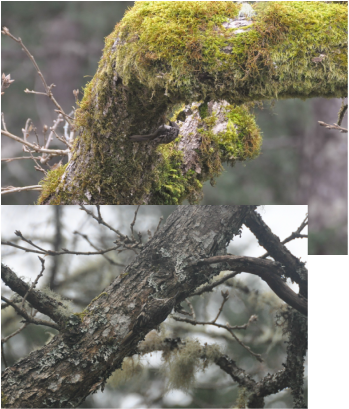 Ever moving, ever circling, ever probing - the wee Brown Creeper is more often heard than seen although they frequent the Garry Oaks and Douglas-fir on Leaning Oaks. The lower photo really shows how they do blend into the bark. They build their hammock like nests beneath loose flaps of bark that are found on the larger trees. It is hard to imagine what the landscape was like more than 400 years ago before the earthworm was introduced to North America. The first English colony of Jamestown, Virginia is assumed to be where Lumbricus terrestris and L. rubellus first crawled. When the ships were coming to load up with tobacco from the new world, they would unload the cargo load of dirt and rocks that were in as ballast and these loads undoubtedly had both common species of worms. The change that the earthworms have wrought to the land is huge; where there was litter that provides food for the plants and hold in moisture, the worms would eat it all. The only native Canadian earthworms are found in glacial refugia such as the Brook's Peninsula and Haida Gwaii, or as our friend Joanne Lawrence discovered, the top of some of the mountains on Vancouver Island - her discovery was named Bimastos lawrenceae.
Here is a link to a key to the earthworms of Canada: https://www.naturewatch.ca/english/wormwatch/ 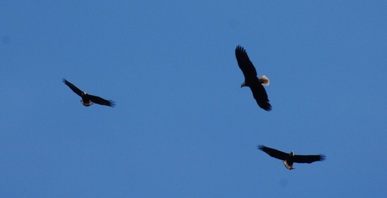 Bald Eagles are very active right now at Leaning Oaks especially with courtship and nest building activities. We don't have a nest on the property, but there must be one being built nearby as we have been seeing stick gathering again this spring. Most of the rest of the year we see Bald Eagles soaring overhead. They largely disappear in September and October, likely to take advantage of early salmon runs further north on the island or on the mainland. 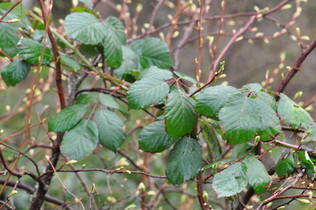 This weed was introduced from India via England into North America in 1855 and was first found in BC in the early 1970's. It is hard to believe that it hasn't been that long given the dense, ecology altering thickets that it can form. The tough poky vines make it difficult to control. It spreads by root and stem fragments as well as birds and omnivorous mammals. Most of the issues that we have with this species (Rubus armeniacus) is around the garden. The berries are yummy but not worth it for the stranglehold that it puts on the native vegetation, garden plants and our ankles. 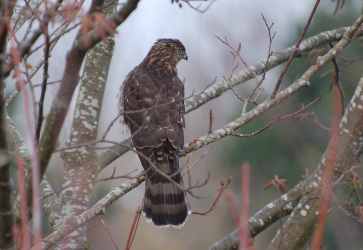 Cooper's Hawks are the commonest of the three accipiters that we have recorded at Leaning Oaks, and sightings occur frequently. We rather suspect that this species cruises the property several times a day. Accipiters are bird specialists and I'm afraid that they have a rather different interpretation of what a "bird feeder" is for. Predation attempts are frequent, and often the high drama of the day. In late August of 2012 a family group of three young and two adults moved into the yard for almost a month. Bird use of the property plummeted and we went from using four gallons of bird seed a week to less than one for the entire month. When they finally moved on, bird numbers rebounded. Separating Cooper's from Sharp-shinned Hawks can be difficult with some birds. A couple of websites that are very helpful are: http://static.birds.cornell.edu/pfw/AboutBirdsandFeeding/accipiterIDtable.htm https://www.carolinabirdclub.org/misc/id/accipiters.html Other English names for Cladonia furcata were Cup Lichen and Many-forked Cladonia - luckily the one that was the most fun is also from BC Species and Ecosystems Explorer (http://a100.gov.bc.ca/pub/eswp/search.do); the provincial source for taxonomy! This plant was found growing on a rock amongst a moss (that will be the subject of another day, no doubt). The range is thought to be partly circumpolar and is found through western North America. It is found at lower elevations and in either open or shaded forests.
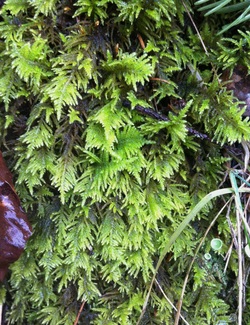 This is a very common moss here, growing on rocks, roots, logs and stumps. It is distinguished by it feather like appearance with its regularly once pinnate branches. Sporophytes of this moss grow from the side of the stem, and the smooth,curved capsules have a elongated beak (hence the common name). The latin name of this moss has been moved about quite a bit. I first learned it at Eurynchium oreganum then it changed to either Stokesiella oreganum and then Kindbergia oreganum (or vice versa I can't remember) and now it is apparently, back to Eurynchium. 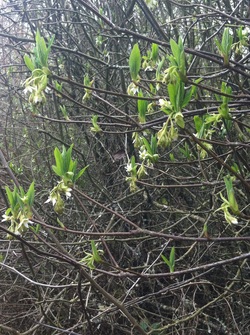 This member of the rose family is the earliest blooming native shrub we have on the property. In most years it starts to bloom in February, although this year the first flowers are starting to open now. Indian Plum usually has separate male and female plants, and although we only have a few on the property, we have some of each. The female plants bear orange drupes (plum-like fruits) that eventually turn deep blue - although they seldom last that way for very long as they are usually eaten by American Robins very quickly. Indian Plum is useful in the garden because of it's early bloom. Plants are easily propagated from hard wood cuttings taken in the fall. 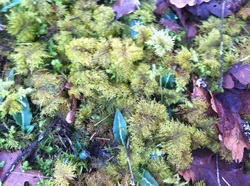 Hylocomium splendens is one of those latin names that rolls off the tongue so wonderfully that its a shame that there is a perfectly sensible, descriptive common name. This moss competes with others on the forest floor by growing its new growth out of the middle of the previous season's frond. The resulting "steps" make this moss easy to identify. This moss grows on rocks, logs and mineral soil here at Leaning Oaks. It almost always grows in shade. Other common names are Glittering Wood-moss and Mountain Fern Moss, but neither of these are as spendid as the latin name, nor as descriptive as the common name used here. 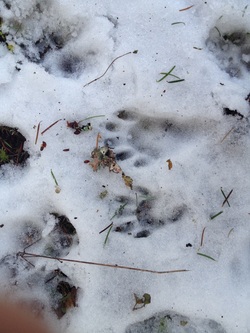 This is another species that we know we have around, but rarely see. The other morning the dog of Leaning Oaks was very keen to follow this raccoon's meandering trail through the forest. Without the snow to capture the distinctive prints we'd never know of this visitor. Raccoons (Procyon lotor) have adapted well to living around people and in urban environments, having figured out how to scrounge through garbage, gardens and pet food to keep fed. Many years ago we ended up with a young raccoon that we had for about eight months. Aggu could get into any cupboard in the house, unscrew the raisin jar, climb onto any surface and wiggle into the best cuddling positions! [Note: we do NOT advocate keeping raccoons or any other wild animal as a pet] 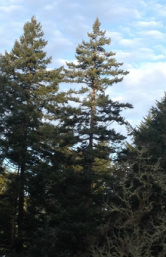 Coastal Douglas-fir (Pseudotsuga menziesii var. menziesii) are the largest trees that occur on Leaning Oaks. They provide a roosting place for Great-horned Owls, Red-tailed Hawks, American Robins and many others. The distinctive cones are food for finches and many arthropods and all manner of birds glean the needles for insects. The gnarley bark helps protect the tree in the fire driven ecosystem that it lives in. Where trees have encroached on the Garry Oak meadow or our house we have had them taken down part way so that a snag remained. The use these snags have received has been fabulous. Violet-green Swallows, Chestnut-backed Chickadees and Red-breasted Nuthatches nest in cavities, big shelf fungi grow on the sides and Pileated Woodpeckers search for insects with great vigour. 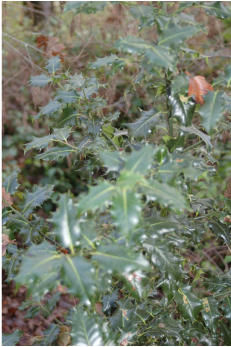 As we write these accounts, it occurs to me there is a growing list of species that we have on the property that we don't want and actively remove. This is another of that ilk, the introduced English Holly, Ilex aquifolia. We don't have many individual plants of English Holly, and when we find them we usually cut them down. Their root systems are quite substantial, so digging is labour intensive and disturbs a lot of ground. Cut stumps often resprout, but repeated cutting will eventually kill the plant. This is a species that is likely spread by birds. In nearby Seattle there is growing concern about the spread of holly and its increasing tendency to grow in the understory of shaded forests. It is so successful that it now outnumbers native conifer seedlings in parts of Seattle and will soon be a dominant tree species in wooded areas. 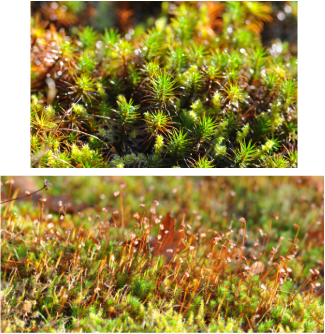 Polytrichum juniperinum Polytrichum juniperinum Not only is this moss very common on Leaning Oaks both in the meadow and forest, but it is also common throughout the world with the exception of a few tropical areas. The deep, bright green mats are on rocks and shallow soils. If you look very closely you may be able to see the red tips on the leaves. The sporangia are erect when young (like the photos here) and will look stouter and bent at maturity. This UBC site has some close-ups: http://blogs.ubc.ca/biology321/?page_id=1464 |
AuthorsTwo biologists on a beautiful property armed with cameras, smart phones and a marginal knowledge of websites took up the challenge of documenting one species a day on that property. Join along! Posts and photographs by Leah Ramsay and David Fraser (unless otherwise stated); started January 1, 2014. Categories
All
Archives
May 2025
|
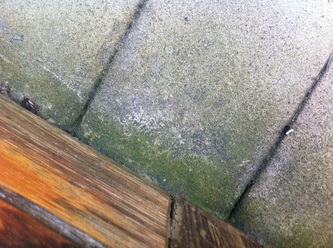
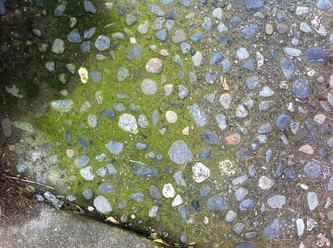
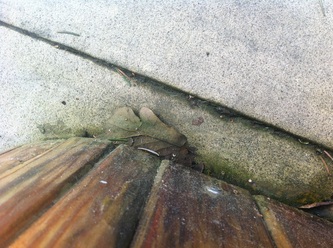
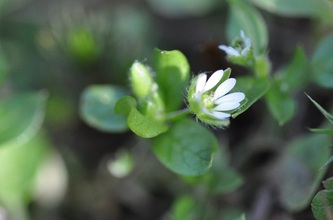

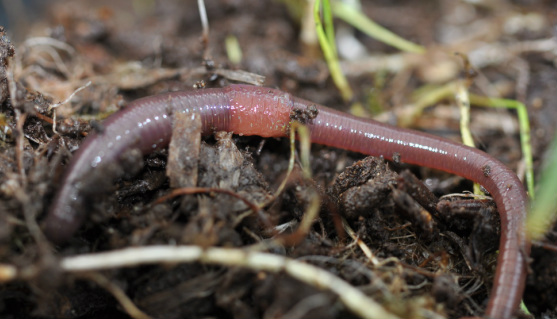
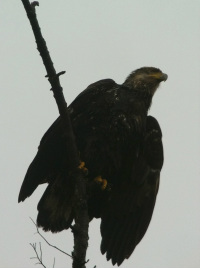
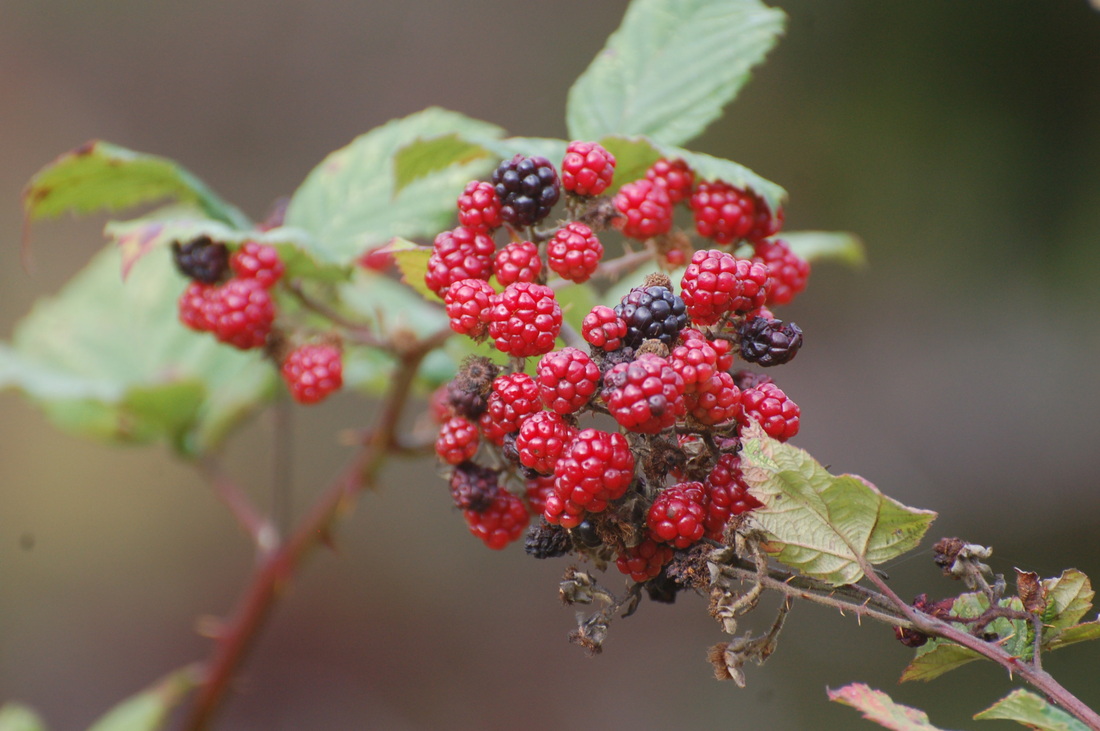
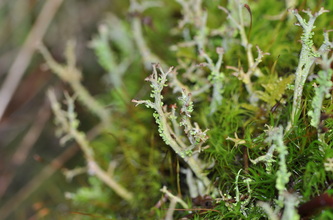
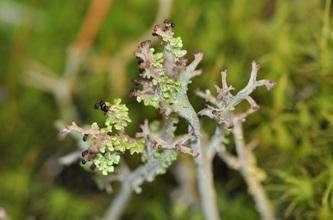
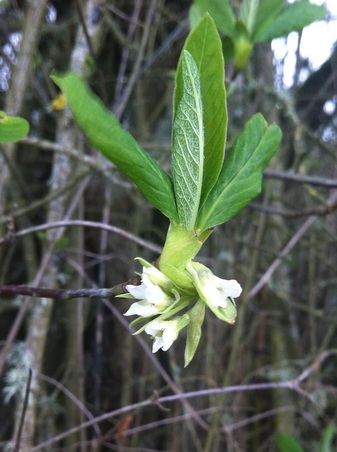
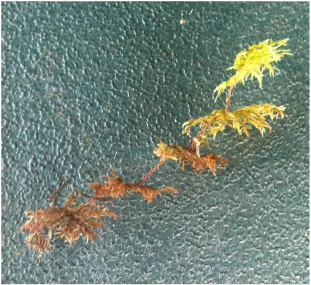
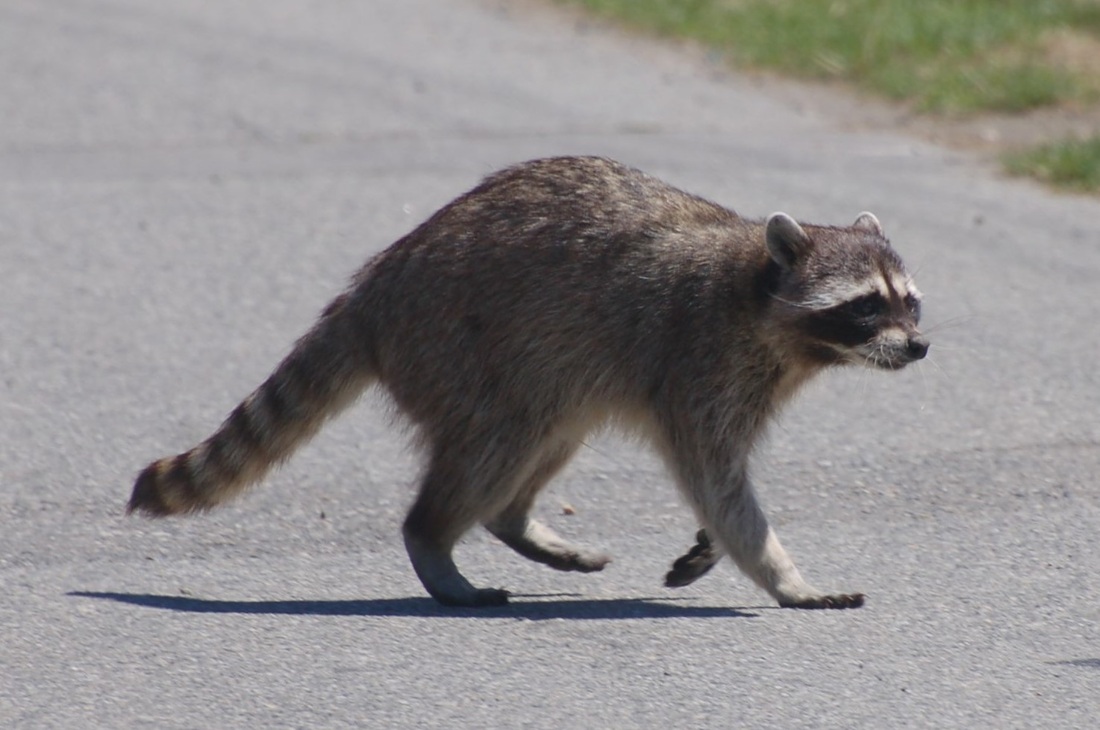
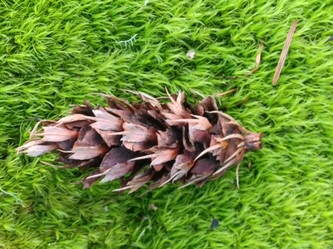
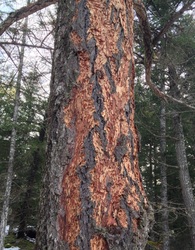
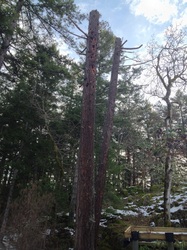
 RSS Feed
RSS Feed